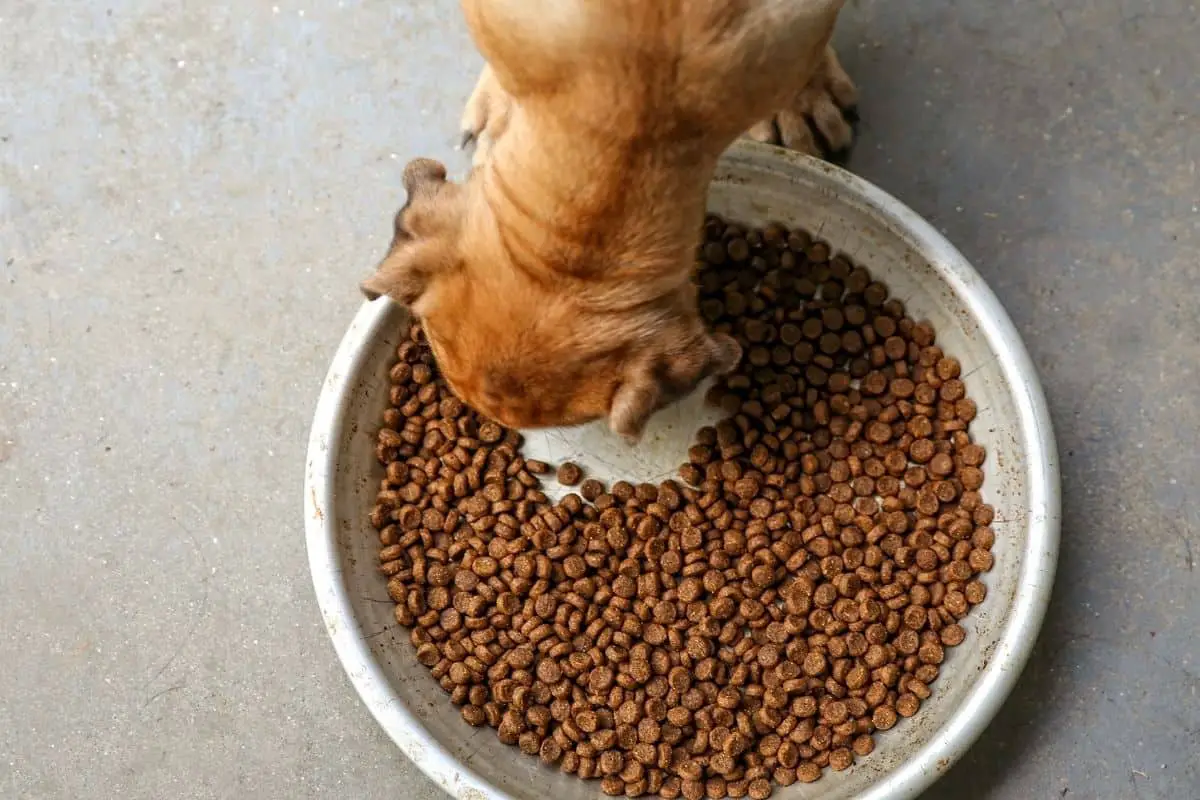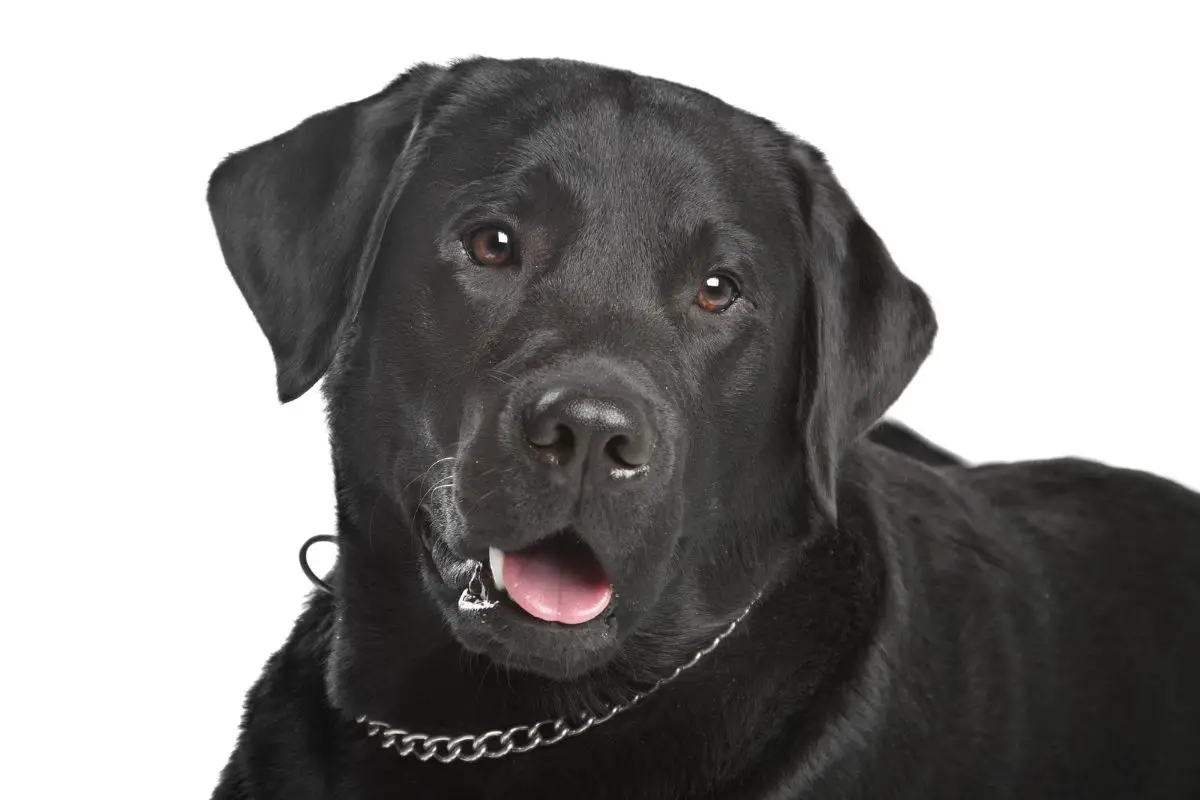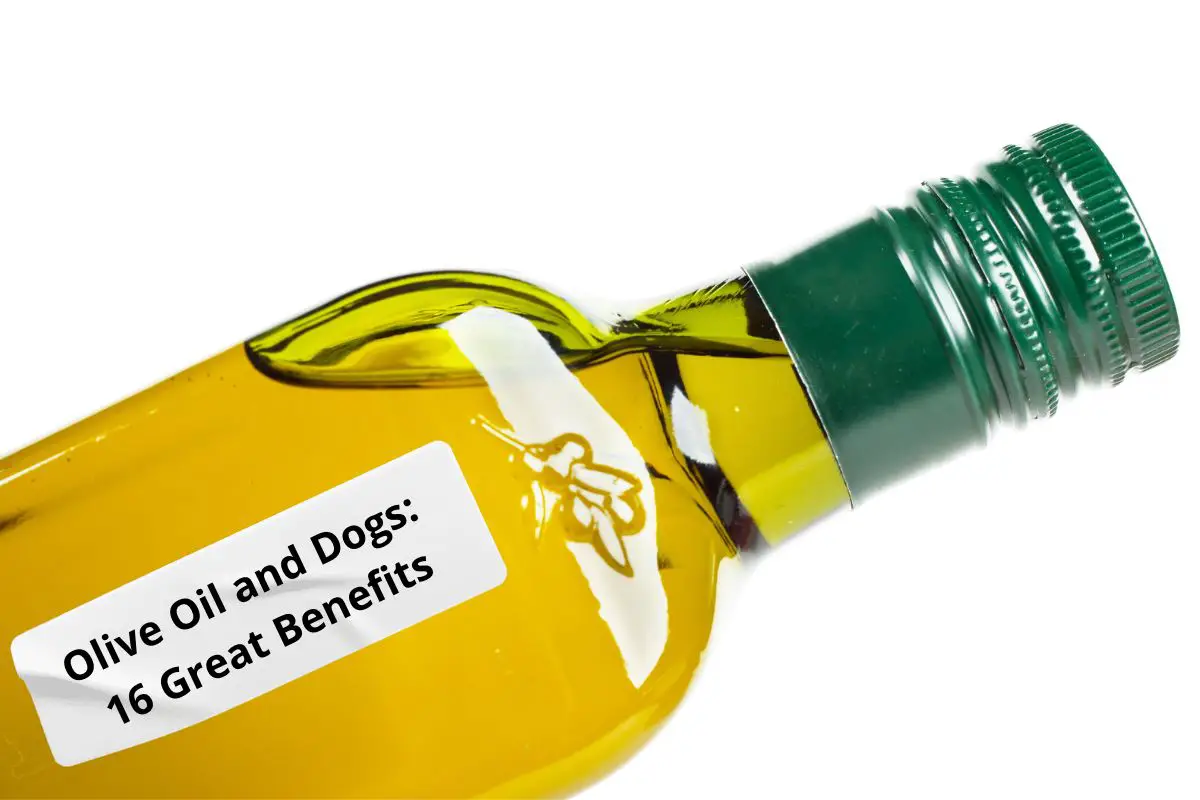This post contains affiliate links.
Feeding your dog is one of many responsibilities as a dog owner, and there are many dog feeding methods you can use to ensure your canine friend is always full. Though some people prefer a more structured approach, free-feeding is a way to feed your dog without a schedule. But is it a good idea?
Free-feeding a dog means leaving its food out at all times and allowing it to eat whenever it chooses. Rather than having set mealtimes, your dog’s bowl should always be at least half full. This method is good for senior dogs or busy households where owners may not have time to feed on a schedule.
In this article, we will look into details about free-feeding and its advantages and disadvantages. We will also learn how to properly introduce your dog to free-feeding.
Table of Contents
What Is Free Feeding a Dog?
Free-feeding is the act of giving your dog access to food at all times. In most cases, the owner will fill their dog’s bowl with everything that he may need for that day at the beginning of the day. This method allows for one day’s worth of food and will prevent overeating.
Another lesser advised method is to keep adding to the dog’s bowl as soon as it empties, regardless of what time it is. This will allow the dog to eat whenever he feels like and stop when he is full. Unfortunately, it can also lead to obesity if not properly monitored.
In general, when the dog stops eating, the food remains in his bowl, and he will continue eating it when he feels hungry again. This feeding method is ideal for people with busy schedules since you can feed the dog in the morning and not have to worry about feeding him again throughout the day.
What Are Some of the Reasons To Use Free Feeding?
- Free-feeding is more convenient since you do not have to observe a dog feeding timetable. After you feed your dog in the morning, you can spend the rest of the day not worrying about what your dog is eating.
- Free-feeding is less time-consuming as all you have to do is fill his bowl once in the morning.
- It is easier to feed.
- It prevents hypoglycemia.
- You do not need a schedule.
- Ideal method if your dog is the kind that eats when hungry.
How Can You Teach Your Dog to Free Feed?
Free-feeding is not a method that all dogs can adapt to, especially without training. This is because, without training, the dog will wolf all the food at once, even if the food was enough for the whole day. For this reason, if you intend to introduce free-feeding to your dog, training is necessary for the system to be effective. Let’s take a look at some tips to help you incorporate free-feeding into your home.
Know Your Dog’s Breed and Character
Although it is possible to train your dog for free-feeding, some breeds just can’t use the method. Many dogs may have a very food-oriented personality, and it can be impossible for them to train with free-feeding. If your dog is of the working breed, free-feeding may eventually not work for him. However, low-energy dogs, such as seniors, may easily adapt to the free-feeding method, even with little or no training.
Get a Big Bowl
Get a sizable bowl that will hold enough food for him to eat for the whole day. Fill the bowl with food that has all the nutrients and that he should eat that day. If the dog is eating too fast, use a slow feeder to encourage reduced consumption. You can also try holding up the bowl for him when he is feeding to train him to eat slower.
Teach Your Dog To Feed Slowly
Lure your dog away from the bowl by calling him and rewarding him when he comes to you. You can also play or do something else that he loves for a while before releasing him to return to his bowl. This practice allows your dog to learn to feed slowly. With time, he learns that it is okay to leave the food behind since he will still get it when he needs it again.
Calling your dog and rewarding him when he comes to you will help him develop the instinct of walking away when eating in search of a treat. Although the training may take some time, your dog will eventually learn to take breaks when feeding, and free-feeding will become a successful feeding method.
Precautions To Take When Free Feeding
If you plan to introduce your dog’s free-feeding system, always consult with your vet before you start. This is because, with free-feeding, it is difficult to track the food your dog eats. Additionally, if your dog is not well trained, he may end up overweight.
Moreover, for free-feeding, you must always use dry food. Fresh food may go bad after a while, which can cause illness and attract pests. Similarly, do not fill the bowl with more than a day’s worth of food, and always clean it at the end of the day to prevent mold.
Tips for Successful Free Feeding
- Do not ignore your dog’s dietary needs. Always measure the food you feed your dog and ensure it is the right amount based on his age and activity level. Additionally, ensure that your dog is exercising as required to help him remain healthy.
- Do not fill your dog’s bowl on the first day of free-feeding. Instead, do it progressively, topping it up several times a day. Remember to measure out what he needs in a day and do not give anymore, even if he eats it early.
If your dog has still not learned to slowly eat his food after training for a while, switch to another feeding method since he may be headed to obesity.
Here is a YouTube video to guide you and help you avoid common free-feeding mistakes:
Why Are Some People Against Free Feeding a Dog?
One of the heated debates among dog owners is whether or not one should free feed a dog. A good number of people have their reasons why free-feeding is not an ideal system. Some of these reasons they give are:
It Is Difficult To Monitor Your Dog’s Health
Your dog’s feeding habits and appetite can help you monitor its health and wellbeing. For instance, if your dog suddenly lacks appetite, you will know that he may not be feeling well.
Additionally, should you need to visit the vet, you will need to know how long it has been since your dog changed his feeding habits. If you have been using free-feeding, it is tricky to give an accurate answer.
It Does Not Work When You Have Multiple Dogs
Free-feeding is unreliable if you have more than one dog in your home. It is likely that one of the dogs will become aggressive while feeding, leaving the other dogs hungry and at risk of an attack. Resource guarding is a severe issue and it is best to feed your dogs in separate areas to avoid confusion.
As mentioned above, it is hard to monitor how much one free-feeding dog eats. When you have multiple dogs, it would be impossible to know that each is getting the right amount of food.
The Meals Become Unhygienic and Attract Pests
When free-feeding, you leave the dog’s food in his bowl all day. Leaving the food out and exposed all day makes the food attract bacteria, some of which could be harmful to your dog. Exposed pet food also attracts pests, such as termites and ants.
As your dog eats, he will likely be drinking at the same time. As the moisture gets into the kibble, it will begin to grow mold over time. Every dog owner should be thoroughly cleaning their dog’s bowls at night, allowing them to dry completely before the next feeding.
You Miss Valuable Training Opportunities
Scheduled meals are a perfect chance for dog owners to train their dogs. For instance, you may use mealtime to teach self-control. This is done by delaying the meal if the dog is over-excited to eat.
What Are the Other Options if You Are Not Willing To Free Feed?
If you are not free-feeding, then your other option is scheduled feeding. As its name suggests, scheduled feeding is feeding the dog at specific times of the day. Puppies typically require three to four meals a day, where adult dogs need two meals, usually in the morning and evening.
If you are using a scheduled feeding system, it is possible to feed raw food. This is because the food will always be fresh for the dog, thus avoiding any health concerns.
It is also easier for you to know when your dog is unhealthy with a scheduled feeding method. Moreover, in the case of food poisoning, you are in a better position to tell which food negatively affected your dog. You can also easily tell if your furry friend is allergic to any food type using scheduled feeding.
Conclusion
Free-feeding is better for dog owners who may not work on a daily schedule and cannot keep to a strict feeding routine. It works well for low-energy dogs and seniors who may not have the biggest appetites. However, you will likely find that this is not the best method for large breeds, such as labradors, since they are prone to obesity.
You must be careful with free-feeding as it can easily lead to obesity and resource guarding if you have multiple dogs. Approach free-feeding slowly, and always remember to monitor your dog’s food intake.
Sources
- Dog Training Nation: Free Feeding or Scheduled Feeding Dogs: Which Is Best?
- ZOOM ROOM: Benefits of Meal Time vs. Free Feeding
- Pet Guide.com: Pros and Cons: Meal Feeding vs Free Feeding Dogs
- Canidae: Free Feeding vs. Scheduled Meals: What’s Best?
- Daily Puppy: How Can I Train My Dog to Eat on Command?
Mrdogfood.com is a participant in the Amazon Services LLC Associates Program, an affiliate advertising program designed to provide a means for sites to earn advertising fees by advertising and linking to Amazon.com. We also participate in other affiliate programs which compensate us for referring traffic.





